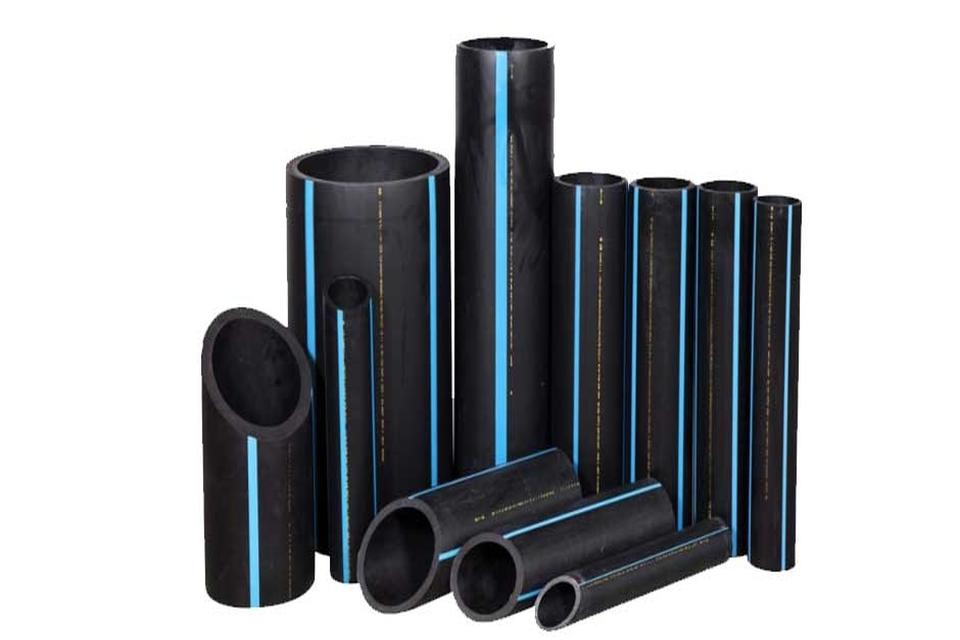PE 100 FITTING
PE100 FITTING
|
ELECTROFUSION FITTING Electrofusion is a method of joining HDPE and other plastic pipes using special fittings that have built-in electric heating elements which are used to weld the joint together. The pipes to be joined are cleaned, inserted into the electrofusion fitting (with a temporary clamp if required) and a voltage (typically 40V) is applied for a fixed time depending on the fitting in use. The built in heater coils then melt the inside of the fitting and the outside of the pipe wall, which weld together producing a very strong homogeneous joint. The assembly is then left to cool for a specified time that have built-in electric heating elements which are used to weld the joint together. |
BUTTFUSION FITTING
PE pipe or fittings are joined to each other by heat fusion or with mechanical fittings. PE pipe may be joined to other pipe materials by means of compression fittings, flanges, or other qualified types of manufactured transition fittings. There are many types and styles of fittings available from which the user may choose. Each offers its particular advantages and limitations for each joining situation the user may encounter. Contact with the various manufacturers is advisable for guidance in proper applications and styles available for joining as described in this document. The equipment used in the process of making heat fused joints must be designed to operate for the selected pipe and fusion procedures. Additionally, the equipment should be well maintained and capable of operating to specification. |
THE SIX STEPS INVOLVED IN MAKING A BUTT FUSED JOINT ARE:
1. Clean, clamp and align the pipe ends to be joined
2. Face the pipe ends to establish clean, parallel surfaces, perpendicular to the center line
3. Align the pipe ends
4. Melt the pipe interfaces
5. Join the two pipe ends together by applying the proper fusion force
6. Hold under pressure until the joint is cool


